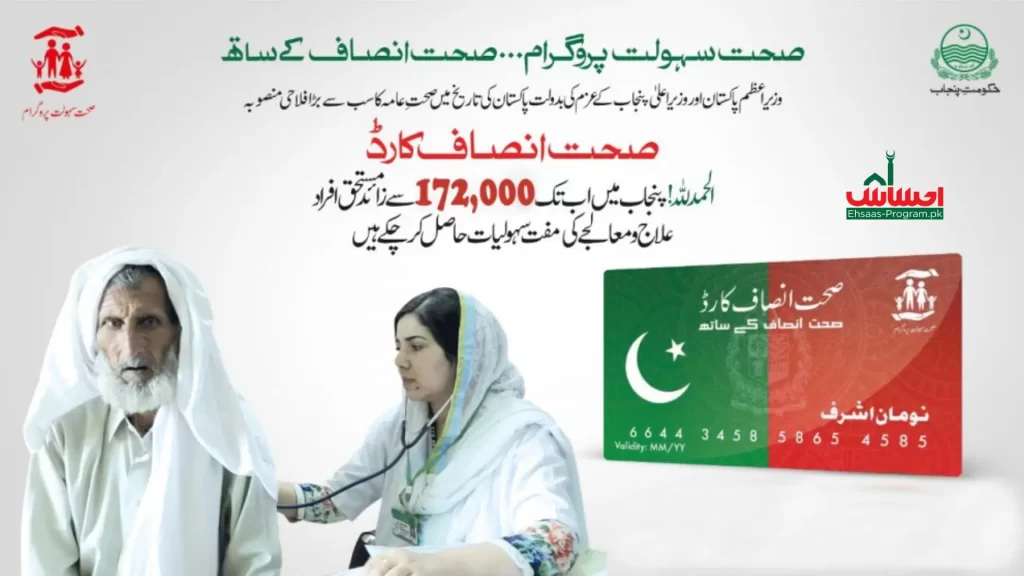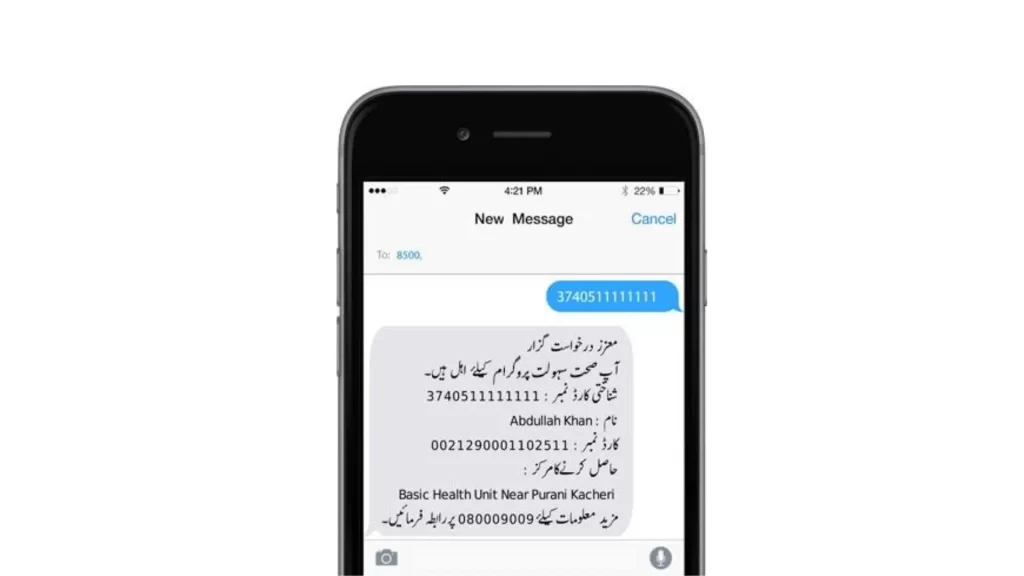Sehat Sahulat Program Registration
According to a report, more than half of the world’s population can’t access basic health services due to the enormous cost associated with them. On the other hand, over 900 million people spend more than 10% of their income on health facilities. Considering this, it’s the need of the hour to make health services accessible to any person, who needs them, without burning holes in his wallet. For this purpose, the government of Pakistan introduced the sehat sahulat program in 2019.

This micro health insurance scheme comes with a wide range of defined benefits which varies from province to province. However, the sole objective of this program is to facilitate poor people by providing them financial protection (especially people who are below the poverty line) so they could also get quality health services free of cost, despite their limited resources.
With the collaboration of NADRA, the government of Pakistan identifies eligible families and issues sehat sahulat cards to them. Also, no processing fee is charged from the beneficiaries.
Eligible households will be able to enjoy free healthcare services like surgeries, hospitalization, and laboratory & diagnostic tests. Also, a wide range of health conditions are treated which otherwise may cost an arm and leg. These include cardiovascular diseases, diabetes, cancer, kidney disorders, and many others. To know more about the benefits this sehat sahulat program covers, its eligibility criteria, and the application process, keep reading!
Sehat Sahulat Program Eligibility Criteria
Even though all Pakistani citizens may apply for their sehat sahulat card, there are some specific requirements that they must meet to get eligible for this program. These include;
Apart from marginalized families, transgenders and people with disabilities can also benefit from this sehat sahulat program. To verify your eligibility, there are three methods that you can employ;
1. Via SMS Service
This is the easiest way to check your eligibility and is best suited to those who don’t have access to a stable internet connection or don’t own a smartphone. To check your eligibility via this method, all you need to do is to send your 13-digit CNIC number to SMS code 8500.

Note that this code (8500) is only applicable to Punjab, Sindh, Balochistan, Gilgit Baltistan, and Azad Jammu Kashmir. However, if you live in Khyber Pakhtunkhwa, you need to send your CNIC number to 9780.
2. Via Mobile APP
The government of Punjab has also launched an Android-based mobile app that can be used not only to check eligibility but also to get the latest updates about the latest reforms and silent features of this program, impaneled hospitals, and your sehat sahulat balance. Also, you can report your suggestions and complaints there as well.
To get registered, you need to enter your CNIC number in the corresponding section and click the submit button. In a few hours, you’ll receive a notification about your eligibility status after which, you can complete your registration. A thing that is important to mention here is that this app is only available to people who live in Punjab.
3. Via Online Portal
If you are a non-punjab resident but have access to a stable internet connection and supporting devices, you may check your eligibility via the official sehat sahulat portal. You just need to visit the portal, move to the check eligibility section, enter your CNIC and mobile number in the corresponding boxes, fill out the captcha code, and press the submit button.
All these methods are designed to work perfectly in certain circumstances however if, for any reason, you are facing any sort of problem, contact the official helpline number 0800-89898 (for Khyber Pakhtunkhwa) and 0800-09009 (for the rest of provinces). People who live in Punjab may also call on helpline numbers 042-99332266 and 042-99332647.
Health benefits of sehat card
Generally, all the sehat cardholders will be able to get hospitalization, surgical and medical treatments, and maternity services for free. To be more precise, the healthcare benefits offered to cardholders are divided into two main categories;
1. Primary Care
The primary care package provides an initial coverage of around 30,000 rupees per family per year. However, if necessary, they can also get additional coverage of PKR 30,000. Under this package, beneficiaries could get free treatment for diseases as follows;
2. Secondary Care
Unlike the primary care package, this one provides an initial coverage of PKR 60,000 per family, per year, along with an additional coverage of 60,000 rupees. Services that the beneficiary would be able to enjoy with this secondary care package include;
How to use a sehat card?
Once you are declared eligible for the sehat sahulat program, you’ll receive a text message, within a few days, verifying your details. In the same message, your sehat card number and the location of the card distribution center will also be mentioned. Visit that distribution center with your CNIC and collect your sehat card on the given date.
However, before card issuance, you may also use your CNIC as your sehat card. To get medical treatment from the impaneled hospital, take your CNIC (or B-Form if the beneficiary is under 18) and sehat card along. Show these documents at the concerned desk and the staff will further guide you. Note that these documents are mandatory to get your free medical treatment from the impaneled hospitals so keep them with you during every hospital visit.
A good thing here is that all children who are born in one of the impaneled hospitals will automatically get registered in the ehsaas sehat card scheme. However, if your infant wasn’t born in an impaneled hospital, enroll his name in your NADRA’s family database and get his B-Form which will enable him to get free healthcare services as well.
